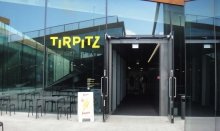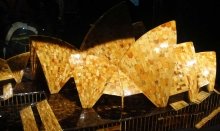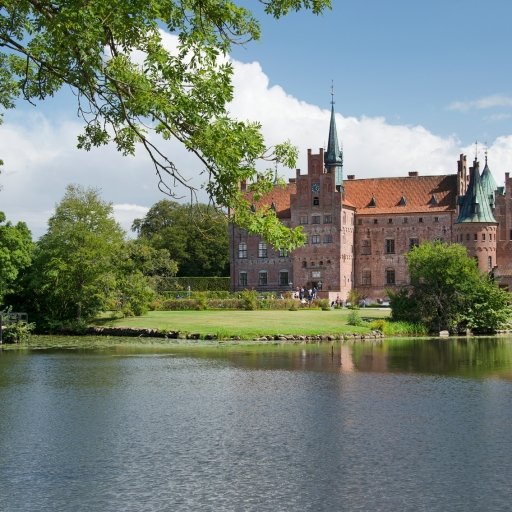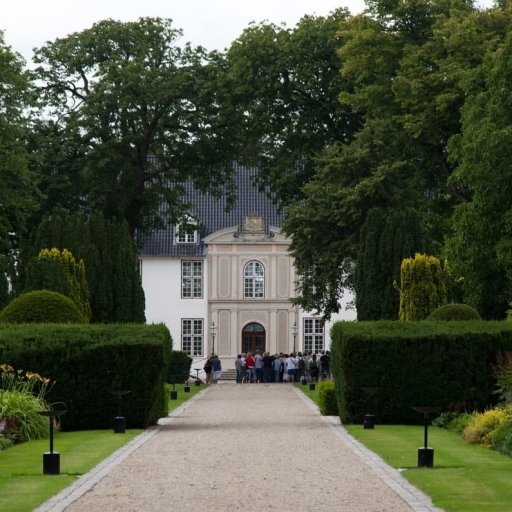Tirpitz Bunker
Tirpitz Museum is one of the largest bunkers in the world and is one of the 200 the Nazi built during World War II in Denmark. The museum opened in June 2017 and here you also find a beautiful Amber Museum.
One of the world’s largest Nazi bunkers has been transformed into a museum in Blåvand about 200 miles from Copenhagen. From 1940-45, during World War II, more than 200 bunkers were built along the Danish coast by the Nazis, and at that time Nazi Germany occupied Denmark.
The largest bunker was the Tirpitz Bunker, which was meant to defend the seaport of Esbjerg near Blåvand beach and the construction began in August 1944 and was designed to house two towers containing two naval guns each.
But when the Germans surrendered in May 1945 they abandoned its construction. The Tirpitz bunker is 7,500 square feet and it has the name of a German battleship. The museum has four exhibitions which include information about how Germany under the war built a wall, called the Atlantic Wall in Europe.
The Tirpitz Museum is one of the museums that just has opened in 2017 in South Jutland - another is the Lego House in Billund and the Wadden Sea Centre in the Wadden Sea National Park which is on the Unesco Heritage list.
Visit the Amber Museum
Another exhibition in the Tirpitz Museum is an Amber exhibition - the largest collection of amber in Denmark.
Amber is the Nordic gold. Inside the Tirpitz museum, you can visit Western Europe`s finest exhibition of Amber and Nordic gold. By looking into the amber you can go 40 million years back, and see insects caught in the golden drops.
In the museum, they tell the story about how to find amber on the beach and give some tips you perhaps can use. and show you the nicest examples they have found. You can also see the Sydney Opera house built by Amber.
See more: Attractions in South Jutland
See also: Cities in South Denmark
Discover the history in the exhibition about the West Coast
Embark on a time trip through 20,000 years of history in the exhibition of West Coast stories, and explore how the tides brought prosperity to the coast area for hundreds of years.
The famous Danish architect Bjarke Ingels has transformed the bunker into an amazing museum.
The architecture firm Bjarke Ingels Group (BIG) has transformed the old bunker into a beautiful Museum. Bjarke Ingels and his firm has also designed many other buildings in the world as Google`s headquarter
The architect Bjarke Ingels says about the building "The bunker remains the only landmark of a not so distant dark heritage that upon close inspection marks the entrance to a new cultural meeting place."
To fit into the landscape they have used four main materials like steel, glass, concrete, and wood.
See also: The Famous Danish Architecture
See more: Attractions in South Denmark
Information
Tirpitz BunkerTirpitzvej 1
6857 Blåvand
Denmark
- Web
- vardemuseerne.dk
- Phone
- +45 75 22 08 77
Getting there
Find routes to this destination.
Coordinates
- Lattitude: 55.550363403
- Longitude: 8.1722837859

























